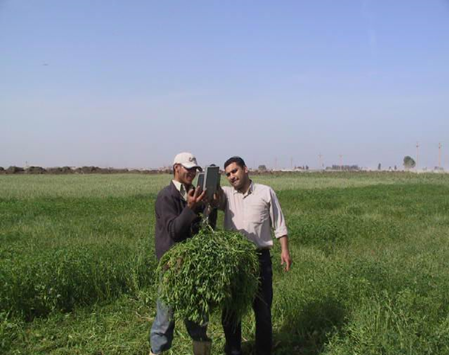Country:
Egypt
Location:
South El-Husseinia plain in the Eastern Delta
Time period :
1997-2007
Implementing Institution/ Organization:
Egyptian Public Authority for Drainage Projects (EPADP) and the Drainage Research Institute (DRI) of the National Water Research Center (NWRC).
Funded by :
Canadian International Development Agency (CIDA) through Component 3000-Drainage Water Reuse and Pilot Schemes under the National Water Quality and Availability Management (NAWQAM) Project.

Goals
Developing operational guidelines to assist farmers to adopt safe and effective practices for reusing drainage water for land reclamation and irrigation of new lands.
Objectives
Mitigation of human health issues associated with the reuse of drainage water;
Determination of appropriate cropping practices;
Assessment of suitable environmental protection methods of reclaimed agricultural lands,
Enhanced economic, agricultural and environmental benefits of low-quality water reuse in irrigation.
Water conservation for irrigation under existing water scarcity problem
Methodology (approach)
3 Pilot area were selected in South El-Hussania plain
Applying monitoring program to monitor the agricultural, Environmental and Socio-economic conditions
Laboratory analysis of the soil, water and crop samples to determine the Physical, Chemical and Biological Parameters
Data analysis
Studying the National and International Standards
Develop Integrated Framework of the operational
Guidelines
Testing Guidelines
Development of computerized interface
Conclusions
Reuse of drainage water in irrigation in Egypt is indispensable to fill-in the gap between supply and demand. However, it has the potential of causing serious problems of soil degradation, reduction in crop productivity and quality, and animal and human health hazards.
The developed Guidelines are an important tool to help the farmers to reuse drainage water in reclamation and cultivation of agricultural lands with minimum environmental negative impacts.
Lessons learned
Reuse of agricultural drainage water is one of the most Important non-conventional water sources which could be used for agricultural production.
The Guidelines are an important tool to help the farmers to reuse drainage water in reclamation and cultivation of agricultural lands with minimum environmental negative impacts.
References (resources) Found is the case study
NAWQAM, Technical Report, 2007. Operational Drainage Water Reuse Guidelines, DR-TR-0103-006-DR. Drainage research Institute, NWRC, Cairo, Egypt.
